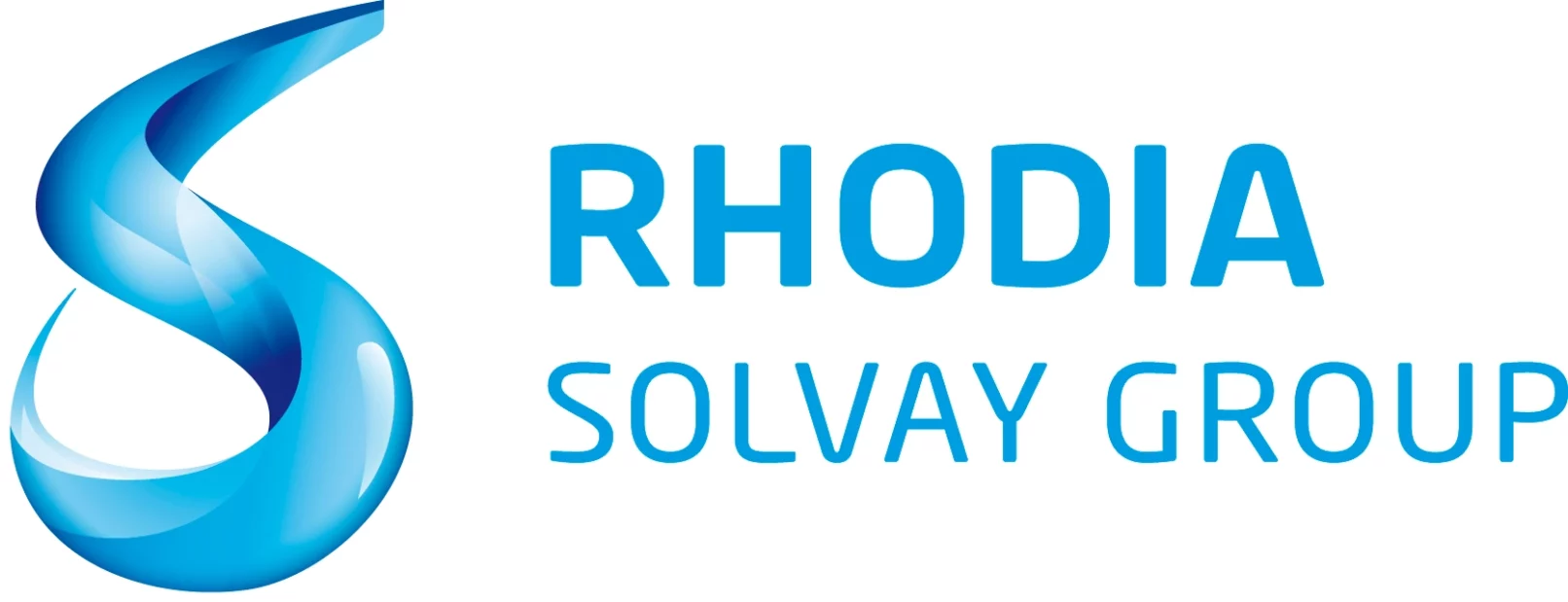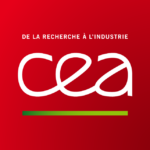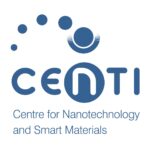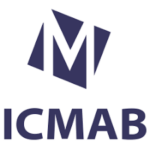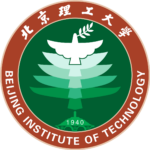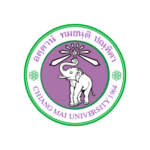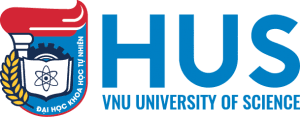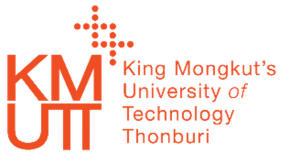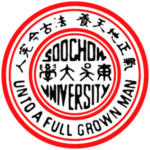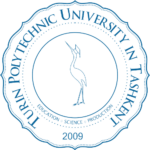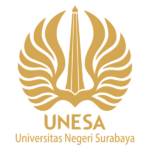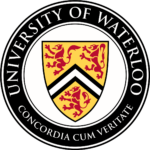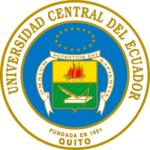Associated partners
FAMEAIS associate partners are located all over the world. They are industries, research and technology organisations (RTOs) and universities that contribute to our Master’s programme in various ways: by advertising the programme in their countries to attract applicants, by offering internship, thesis and PhD opportunities to our students, and by exchanging researchers for teaching purposes and joint research activities.

1) INDUSTRIES
Eramet Ideas was born in 2018 as the Eramet group’s centre of Innovation. Eramet Ideas for Innovations, Development, Engineering for Advanced Solutions represents an expert in extractive metallurgy, including geometallurgy, hydrometallurgy and pyrometallurgy. The group is based in Paris. With more than 150 experts and technicians, eramet’s strategy focuses on transforming the mining industry into a more responsible one.
Holcim Innovation Center is an industry-leading research centre regrouping over 200 researchers working on innovative and sustainable building solutions across fields such as material science, advanced engineering or even masonry. While headquartered in Switzerland, Holcim represents 70, 000 people around the world, passionate about building, sustainability and innovation.
Merck is a leading science and technology company in healthcare, life science and electronics. With more than 62, 000 employees across 66 countries, Merck aims to balance environmental, societal, and economic dimensions in its work. Merck has been a leader in science and technology for more than 350 years. Today, one of its priorities is to “Think and Act Sustainably”.
For over more than a hundred years, research has been part of Bosch’s activity. Bosch Research is spread across 11 locations on different fields. Between science and industry, Bosch recognizes the research and private sector’s common challenges around climate change, globalisation and digitalisation.
Solvay, also known as Rhodia Operations is an international chemical and advanced materials company focused on innovating, developing and delivering sustainable products and solutions in diversified global end markets such as automotive and aerospace, consumer goods and healthcare, energy and environment, electricity and electronics, building and construction as well as industrial applications. While headquartered in Brussels, their more than 21,000 employees are spread across 63 countries.
VOCSens was born of the Sensors, Microsystems and Actuators Laboratory of Louvain (SMALL) research group, as part of the Institute of Information and Communication Technologies, Electronics and Applied Mathematics (ICTEAM), Université catholique de Louvain (UCLouvain), Louvain-la-Neuve, Belgium. Based in Belgium, VOCSens works with many research institutes and values its relation to the FAMEAIS programme as a bridge between the academic and private world.
2) RESEARCH & TECHNOLOGY ORGANISATIONS
The French Alternative Energies and Atomic Energy Commission (CEA) is a government funded research organization focusing on 4 key areas: defence and security, low carbon energies, technological research for industry and research in physical and life sciences. The CEA has 9 centres in France. With more than 21,000 employees, it is considered an expert in European Research.
Founded in 2006, CeNTI – Centre for Nanotechnology and Smart Materials is a Portuguese R&D Institute with a multi-sectoral orientation which promotes research, technological development, innovation and engineering in smart and functional materials. With the help of its 100 researchers, CeNTI offers nanotechnology solutions for the market through surface functionalization, smartization of materials and printed electronic technologies.
Certech is a research and development supplier of services for chemistry related activities such as polymers, pharmaceutical, medical, healthcare, environment and energy, automobile and transport, packaging and construction. Certech aims at providing solutions in accordance with sustainable chemistry and circular economy. Headquarters are located in Brussels and the team counts 35 employees working on their 8 fields of activity.
The European Multifunctional Materials Institute considers itself a platform for the creation of projects in research and higher education, and for information exchange. It is connected to the previous versions of the FAMEAIS programme. EMMI’s research domains include Functional Materials for applications in Energy, ICT, environment and health. It counts more than a dozen international partners and covers higher education, training and research in functional materials.
Fraunhofer-Gesellschaft is a leading applied research organization, with 76 research units in Germany and more than 30,000 employees. Fraunhofer’s strategic research fields include bioeconomy, digital healthcare, artificial intelligence, next generation computing, quantum technologies, resource efficiency and climate technologies as well as hydrogen technologies. Fraunhofer also works through international collaboration, with both the industry and the service sector.
The Luxembourg Institute of Science and Technology is a Research and Technology Organisation which develops activities, products and services in a wide range of sectors such as Environmental Research and Innovation, IT for Innovative Services and Materials Research and Technology. LIST counts 600 employees, of whom 75% are researchers from around the world, LIST’s mission is to push frontiers in research and innovation.
The Institute of Materials Science of Barcelona (ICMAB-CSIC) is a research centre in the fields of energy, electronics, nanomedicine. The ICMAB is situated at the Universiat Autònoma de Barcelona and has more than 250 members. It is part of the BNC-b network and offers a wide range of scientific services. Its spin-off technology-based company OXOLUTIA also participates in the FAMEAIS Degree.
3) WORLDWIDE ASSOCIATED UNIVERSITIES
The Beijing Institute of Technology was first founded in 1940 in Yan ‘an Province and was later relocated to Beijing, then renamed in 1988. BIT includes 18 professional schools, as well as Research Institutes such as Advanced Research Institute for Multidisciplinary Science, Institute of Advanced Structure Technology, Institute of Convergence Medical and Engineering. BIT’s excellency is reflected by the awards it has received and the network it has established.
Founded in 1964, Chiang Mai University is a research university in Thailand. The FAMEAIS programme is associated with the Solar Cell Research Laboratory of the department of Physics and Materials Science.
Drexel University is a 125 years old level research university in Philadelphia. While more than 20,000 students are enrolled at the university, it is also in the top 100 research universities in the country. The FAMEAIS programme is associated to Drexel University’s department of Materials Science and Engineering.
The Hanoi University of Sciences was established in 1956. Located in the Vietnamese capital, it is a leading basic science research centre. Additionally to its thousands of students and hundreds of employees, the University counts renowned researchers spread across its 13 research centres. The VNU leading research areas include advanced materials and pharmaceutical chemicals, nano science and technology; life sciences and biotechnology, climate change, environmental studies etc.
King Mongkut’s University of Technology Thonburi was established in 1960. It is now known as one of Thailand’s top research Institute. It is ranked as first university in the country, with 12 faculties and more than 15, 000 students.
Okayama University has a long history going back to the end of the 19th century. Today, it is considered one of Japan’s leading universities both in education and research. It counts more than 13, 000 students but also strives to become one of Japan’s and of the World’s leading research institutions.
The University of Sharjah offers innovative and diverse programs for today’s dynamic modern world. Located in the United Arab Emirates, it counts an increasing number of students, 17,000 in 2020-2021. Renowned researchers work with the UOS through the support of three research centres equipped with advanced labs for Material Sciences, Pavements and Nano-Technology among other domains.
Established in 1900, Soochow University is located in Jiangsu Province, China. The university counts 26 colleges in 12 different disciplinary fields. More than 30, 000 students attend the university, which is also known for its research units, as part of the university’s scientific and technological innovation strategy encapsulated in the slogan “Think big and smart small”.
The Turin Polytechnic University in Tashkent was established in 2009 in Uzbekistan. Its aim is to train specialists for the automotive, mechanical engineering and electrical industry, energy industry companies and organisations of industrial and civil engineering and construction. The department of Mathematical Science’s areas of research include material science and technology of new materials, urban and rural area planning, alternative energy sources etc.
São Carlos Institute of Physics was founded in 1953. It is now one of the main Institute of the University of São Paulo, with approximately 70 researchers. There are two departments at the Institute, the Department of Physics and Material Science, and the Department of Physics and Informatics. The research groups focus on diverse areas through an interdisciplinary approach and are widely recognised in the international scientific community.
The State University of Surabaya was established in 1964 in Indonesia. More than 30, 000 students are enrolled in UNESA, as one of the top universities in the country. The State University of Surabaya counts several research centres on different domains. FISIKA-UNESA which is the department of Physics of the State University of Surabaya is associated to the FAMEAIS programme. This department is part of the Mathematics and Natural Sciences Faculty.
The University of Waterloo’s Faculty of Science has been associated with FAMEAIS’s previous versions since 2018. The faculty of Science counts 170 faculty members, and more than 5,600 students. At the heart of the “Canadian Silicon Valley”, known for its expertise in high technology, nanoscience, nanotechnology, the Faculty of Science includes departments such as Biology, Chemistry, Earth and Environmental Sciences, Physics and Astronomy. In 2022, the University was designated “Research University of the Year” for the 14th consecutive year.
The Central University of Ecuador is the oldest university in the country, with more than 10, 000 students, and 16 faculties. The FAMEAIS programme is associated to the Faculty of Chemical Engineering and the Faculty of Science.





